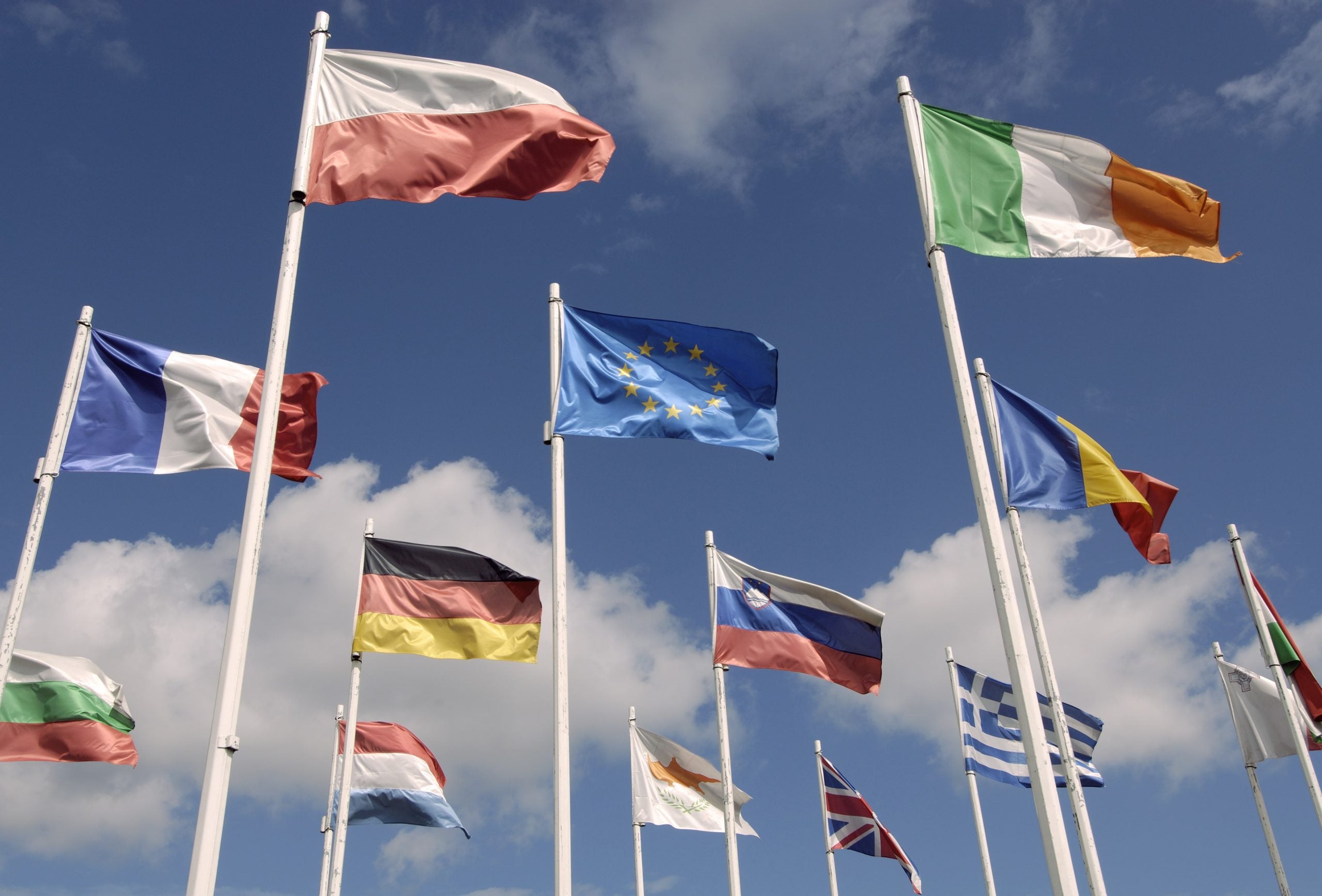
Russia’s monthly tax income from oil and gas sales have fallen to its lowest rate since August 2020.
In the last year, the Russian government saw a 46% decline in monthly tax revenue from energy sales. Prior to the 2022 invasion, Europe was Russia’s main energy export market but Western sanctions placed on Russia following the invasion of Ukraine continue to affect the country’s most lucrative export. Seaborne imports, now blocked by the EU, accounted for 90% of crude oil sales to the bloc.
On Sunday the EU imposed a ban on Russian refined oil products, including diesel, seeking to reduce its remaining dependency on Moscow’s energy. The G7 nations have also introduced a similar price cap on Russian seaborne oil. A crude oil price cap at $60 per barrel was imposed by the EU in December last year.
In addition to the ban on seabourne imports, EU member states have cut the share of Russian gas in their import mix from 40% to 15%.
The average price of Russian Ural’s oil blend was at $49.48 in January, a 42% decline from the same period a year before.
Last year, oil and gas contributed $165bn to Russia’s budget to fund budget spending.
How well do you really know your competitors?
Access the most comprehensive Company Profiles on the market, powered by GlobalData. Save hours of research. Gain competitive edge.

Thank you!
Your download email will arrive shortly
Not ready to buy yet? Download a free sample
We are confident about the unique quality of our Company Profiles. However, we want you to make the most beneficial decision for your business, so we offer a free sample that you can download by submitting the below form
By GlobalDataIn 2022, Russia increased oil production by 2% as buyers such as India and China took advantage of discounts offered by the country.
However, BP has predicted that Russian oil production will decline by as much as 42% by 2035. This will largely result from sanctions and restricted access to technology and investment.
In place of Russia, they suggest that the Organisation of Petroleum Exporting Countries (OPEC) will see production increase. They predict that the OPEC will account for between 45% and 65% of global production versus 30% currently.



